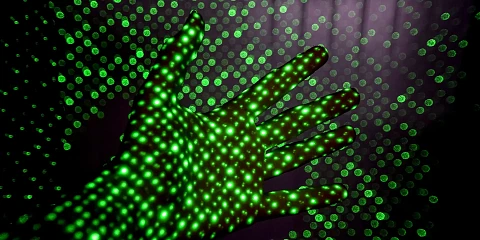
Spaces that move you
November 3, 2021
Technology offers several different paths to conveying the culture housed within museums. On one hand, it could be said that cultural entities should be almost obliged to share cultural heritage with the widest possible audience. Here, the main challenges are digitizing content and making the leap from a “cultural space” to a “cultural channel” by communicating through digital platforms like social networks. On the other hand, museums need to remain attractive physical spaces, since most of their works are physical. To achieve this, technology can be used to create experiences that integrate the physical and digital, boost the capacity to transmit emotions and help the public better absorb the artistic, educational or cultural concepts of the spaces.
New exhibitions are increasingly trying to create these memorable experiences, where visitors feel the physical space and its contents flow in perfect harmony with the digital layers. SNGULAR Studios was asked by a large consulting firm to bring this idea to life at a large exhibition in the Middle East. We have designed the full hybrid experience in one of its galleries, using all available means like UX, lighting and audio. We also designed and developed all of its interactive and audiovisual productions.
The Challenge
Generate an immersive experience that is attractive to children — the gallery’s target audience. Through holistic design that doesn’t differentiate between the physical space and the multimedia aspect, the goal is to easily and directly convey highlights of fields related to science, art, technology or music to the public. The gallery was to become an interactive play space. At the same time, it was to become a resource platform for educators to extend their students' learning opportunities beyond the classroom.
The Solution
The multidisciplinary SNGULAR Studios team was able to successfully carry out every aspect of the project. That included the creative direction of the gallery, carry out a study of the galley’s lighting and sound system, define the UX concept and the temporal sequence of the physical and multimedia elements in all the gallery rooms. Emphasis was placed on the artistic coherence of the entire experience, supervising the installation and configuring the required hardware. It analyzed and defined what the visitors hear, see and touch, using elements such as light (intensity, color, states, and direction) and sound (volume, states, spatial positioning), and integrating it all into multimedia productions.
In terms of the technical approach, the team developed several different experiences. There was a large physical panel where dynamic audiovisuals were projected using video mapping, whose content depends on the interaction of visitors through "radar touch" detection systems that can handle up to ten points of simultaneous interaction. There were also several video games to generate music and interactive rhythms. That interaction was based on touch screens and made to integrate with and complement the general soundtrack of the rooms. Finally, a backlit interactive floor was included that detects the position of visitors and shows different effects as they walk.
Development with the Client
Our role here was to design the full experience and develop all of its interactive components.
We’ve developed our museography services perhaps more than any other sector over the last two years. Now, we can take on virtually any project end-to-end. We specialize in creative direction, developing style guides, graphic design, designing and developing interactive audiovisual experiences, UX/UI design, content management and technical consulting on hardware/software. We have built up an excellent reputation with our clients.
We like to work as a united team, providing ideas and solutions, integrating other participants and understanding the limitations and needs of the projects.
For this project, we worked hand in hand with a great consultancy company, which won the international competition to develop the project. The trust and teamwork ran deep, and we always participated in the presentations and workshops with the client.
Working in this sector means having an open vision of culture, participating proactively on the creative side and trying to advise clients from the very beginning about what technology can be harnessed to achieve the cultural and educational goals. Helping clients narrow down the scope of the experiences so they can adapt to budgets, deadlines and expectations are also key.
Our latest news
Interested in learning more about how we are constantly adapting to the new digital frontier?
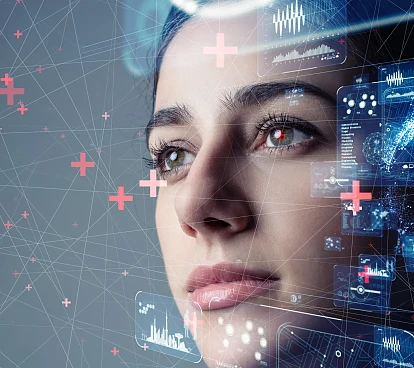
Insight
December 10, 2024
Groundbreaking technologies today that will reshape the innovation landscape in 2025
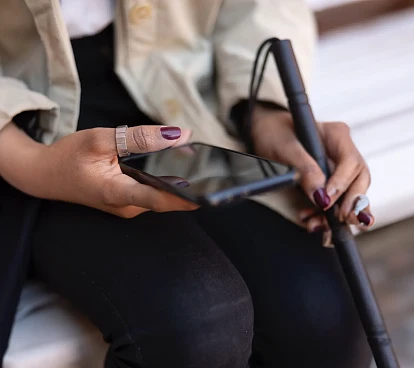
Tech Insight
December 2, 2024
The European Accessibility Act (EAA): Towards a More Inclusive Digital Present
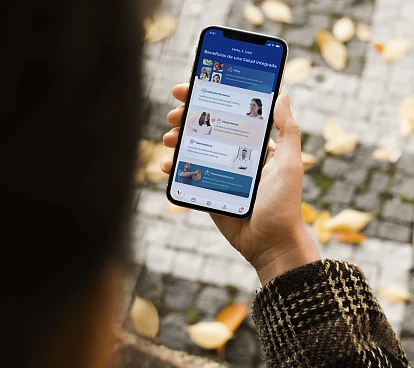
Insight
November 26, 2024
The digital ecosystem with which Vítaly reinvents healthcare
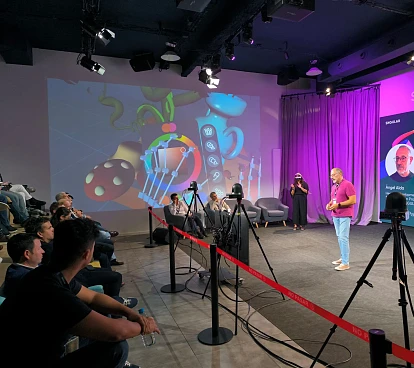
Corporate news
October 4, 2024
SNGULAR launches VisionPainter, one of Europe’s first apps for Apple Vision Pro